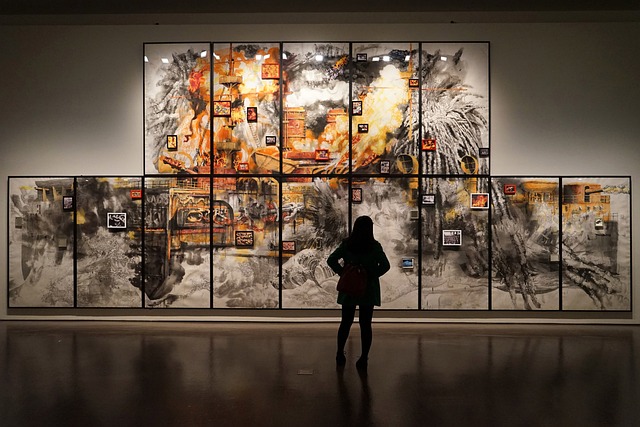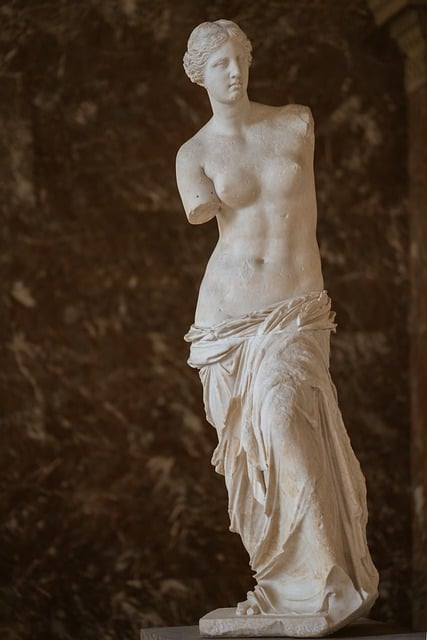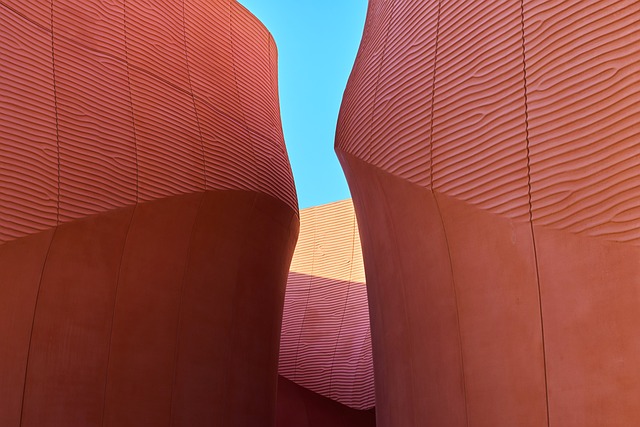Discover Art Like Never Before: A Guide to Museum Masterpieces
Art holds a unique power. It can inspire emotions, provoke thoughts, and even transport us to different times and places. Museums, as custodians of this artistic heritage, offer us a remarkable opportunity to engage with the world’s masterpieces. Whether you are an art aficionado or a casual visitor, exploring museum art can awaken your senses and deepen your appreciation for creativity in all its forms. This guide is designed to help you discover art like never before, highlighting the significance of museum masterpieces, how to engage with them, and where to find the most extraordinary works globally.
The Significance of Museum Masterpieces
Museums are more than mere buildings filled with art; they are sanctuaries of culture and history. Masterpieces within these institutions are not only valuable for their aesthetic qualities but also for the stories they tell and the contexts they represent. Each artwork is a testament to the artist’s vision, skill, and the socio-political backdrop of its creation.
When you visit a museum, you encounter works that have shaped our understanding of art and society. They challenge us to see the world from diverse perspectives. Masterpieces can be poignant reminders of historical events, reflections on human experience, or explorations of abstract concepts. Each visit becomes an opportunity to engage with these narratives, fostering empathy and understanding.
Types of Museum Art
Every museum has a unique collection that reflects specific art forms, eras, or cultural heritages. Here are some prevalent types of art you might encounter while navigating through these beloved institutions:
Paintings: From the classical works of the Old Masters like Rembrandt and Vermeer to the vibrant canvases of modern artists like Van Gogh and Monet, paint is a dominant medium. These pieces range in style, technique, and subject matter, offering a rich landscape for exploration.
Sculpture: This three-dimensional art form adds a tactile dimension to our understanding of art. Works range from intricate small-scale pieces to monumental installations created by renowned sculptors such as Michelangelo, Rodin, and contemporary artists pushing boundaries.
Photography: The advent of photography introduced a new type of artistic expression. Museums often curate photography exhibits that shine a light on the evolution of this form and its impact on culture and society.
Textiles and Decorative Arts: Fabrics and ceramics often showcase cultural traditions and artistic techniques passed down through generations. Textiles can illuminate historical contexts, while decorative arts reveal the melding of form and function.
Digital and Contemporary Art: As technology evolves, so does art. Museums are increasingly showcasing digital projects and installations that challenge our perceptions and push the boundaries of creativity.
Preparing for Your Museum Visit
Before embarking on your journey through the world of museum masterpieces, preparation can significantly enhance your experience. Here are a few tips to consider, ensuring that your visit is purposeful and fulfilling:
Research the Exhibits: Many museums host temporary exhibitions along with their permanent collections. Researching the current displays can help identify pieces of interest and provide background context that enriches your experience.
Read About the Artists: Familiarizing yourself with artists and their distinctive styles allows you to approach their works with a greater understanding. Reading about their lives, creative processes, and historical contexts will open up new dimensions of engagement.
Plan for Time: Museum visits often require considerable time if you wish to appreciate each masterpiece fully. Allocate enough time, allowing for both structured exploration and spontaneous discoveries.
Use Available Resources: Many museums offer guided tours, audio guides, and informational brochures that
can provide insights into specific artworks or galleries. Engaging with these resources can deepen your understanding and enhance your appreciation of the pieces on display.
Engaging with Art: Tips for a Meaningful Experience
Once inside the museum, the way you engage with the pieces around you can significantly alter your perception and enjoyment of the art. Here are some approaches to foster a meaningful interaction:
Take Your Time: Allow yourself the freedom to slow down and absorb the artwork. Rushing through galleries often leads to superficial engagement. Stand before a masterpiece for a few moments and contemplate its details, colors, and emotions.
Ask Questions: Engage with the artwork critically. What feelings does it evoke? What do the colors or forms convey? Who might have been the intended audience? Querying your observations can open dynamic dialogues with fellow visitors or museum staff.
Reflect on Your Emotional Response: Pay attention to how different pieces resonate with you emotionally. Art often serves as a mirror, reflecting not just the artist’s intentions but also our own experiences, beliefs, and sentiments.
Notable Museums Around the Globe
While countless museums worldwide showcase extraordinary art, several stand out for their iconic collections and contributions to the cultural landscape:
The Louvre (Paris, France): Home to thousands of works, including the enigmatic Mona Lisa and the grand Venus de Milo, The Louvre is a treasure trove of Renaissance and classical art.
The British Museum (London, England): Renowned for its vast collection of world art and artifacts, the British Museum features works such as the Rosetta Stone and the Elgin Marbles, emphasizing global civilizations’ interconnected narratives.
The Museum of Modern Art (New York City, USA): A mecca for modern and contemporary art lovers, MoMA showcases groundbreaking works from artists like Warhol and Picasso, encouraging new interpretations of modernity.
The Uffizi Gallery (Florence, Italy): With its spectacular collection of Renaissance masterpieces, the Uffizi is ideal for immersing oneself in the works of Botticelli, da Vinci, and Michelangelo, offering a glimpse into the artistic renaissance of the 15th and 16th centuries.
The State Hermitage Museum (St. Petersburg, Russia): One of the largest and oldest museums in the world, the Hermitage boasts an extensive collection that includes masterpieces by artists from every important era of Western art.
The Vatican Museums (Vatican City): A stunning assembly of art and history, the Vatican Museums showcase iconic pieces like Michelangelo’s Sistine Chapel ceiling and Raphael’s Rooms, providing a spiritual encounter with the grandeur of art.
Conclusion: The Timeless Journey
Engaging with museum masterpieces enriches our understanding of art and culture. Every painting, sculpture, or object holds stories waiting to unfold, inviting us to immerse ourselves in the beauty and complexity of human expression. Through thoughtful preparation, meaningful engagement, and reverence for the past, we can see art in a new light, allowing us to discover and appreciate the masterpieces like never before. So, whether you are planning your next museum visit or simply daydreaming about masterpieces, remember that each encounter with art is a journey filled with endless possibilities. Let the power of creativity inspire you, and may you find beauty in every corner of the artistic world.


